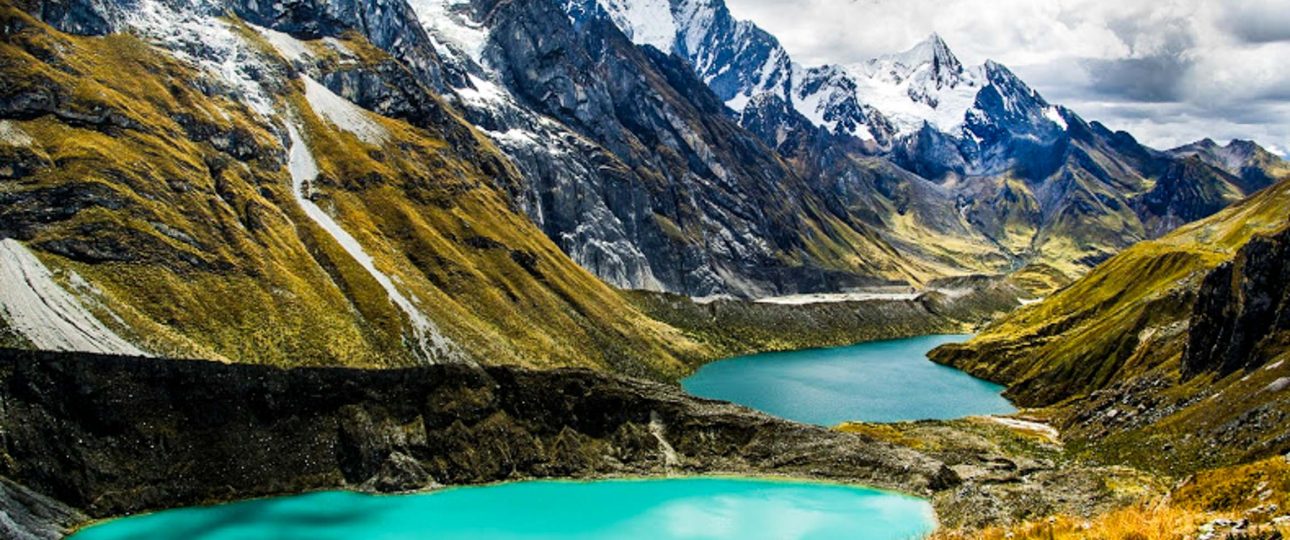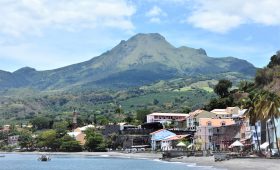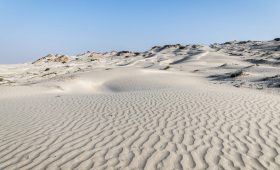Cordillera Blanca: Exploring Peru’s Majestic Mountain Range
Overview
The Cordillera Blanca, or “White Range,” is a remarkable mountain range in the Ancash region of Peru. It is the most extensive tropical ice-covered mountain range globally, featuring the largest concentration of ice in Peru. This range is part of the Cordillera Occidental, stretching approximately 200 kilometers in a northwesterly direction. With snow-capped peaks, pristine lakes, and dramatic valleys, it is a haven for outdoor enthusiasts and nature lovers.
What Makes Cordillera Blanca Unique?
Several factors contribute to the distinctiveness of the Cordillera Blanca:
- Highest Tropical Mountain Range: The Cordillera Blanca is home to some of the highest peaks in the tropics, including Huascarán, the highest mountain in Peru at 6,768 meters. The contrast of snow-covered peaks against verdant valleys is truly striking.
- Biodiversity Hotspot: This region is rich in biodiversity, with a wide array of flora and fauna. Visitors might encounter rare orchids and Andean condors, among other wildlife.
- Adventure Opportunities: The Cordillera Blanca offers numerous adventures for thrill-seekers. Hiking, mountaineering, and rock climbing are popular activities, with trails like the Santa Cruz Trek and Alpamayo Circuit catering to various skill levels.
- Cultural Heritage: The indigenous Quechua people have lived in this region for centuries, and their traditions and customs remain vibrant. Visitors can immerse themselves in the local culture and learn about their way of life.
Best Time to Visit
The optimal time to visit the Cordillera Blanca is during the dry season, from May to September. During these months, the weather is generally clear, and trails are more accessible. However, temperatures can drop significantly at night, so warm clothing is essential. For mountaineering, the best conditions are typically from June to August.
How to Get There
Reaching the Cordillera Blanca is an adventure itself. The nearest major city is Huaraz, accessible by an 8-10 hour bus ride from Lima, Peru’s capital. The journey offers stunning views of the Peruvian countryside. Once in Huaraz, you can hire a local guide or join a tour to explore the Cordillera Blanca.
Local Transportation
Transportation options within the Cordillera Blanca are limited. Hiring a guide or joining a tour that includes transportation is recommended. If you prefer to explore independently, renting a car in Huaraz is possible, but be prepared for challenging mountain roads and limited services along the way.
Notable Landmarks
The Cordillera Blanca is dotted with stunning natural landmarks. The Llanganuco Lakes, located on the northern side of Huascarán, are accessible from Yungay. Lake Parón, the largest lake in the range, is north of Huandoy and can be reached from Caraz. Other notable lakes include Lake 69, Lake Allicocha, and Lake Querococha, each offering unique scenic beauty.
Embarking on a journey to the Cordillera Blanca promises breathtaking landscapes and rich cultural experiences. While the adventure is rewarding, travelers should be prepared for the challenges of high-altitude travel and limited infrastructure. With proper planning, a visit to this majestic mountain range can be an unforgettable experience.




